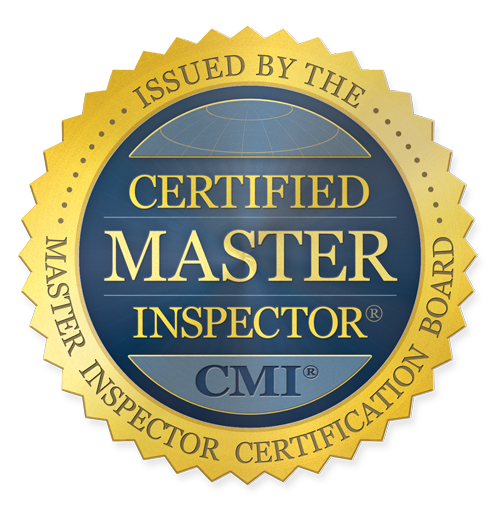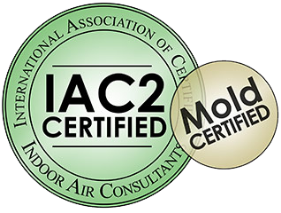In Florida, homeowners insurance companies are actually required by state law to offer significant discounts to policyholders who earn wind mitigation credits.
Wind mitigation is defined as efforts to upgrade a structure so as to prevent or reduce the damage potentially caused by severe winds. Credits for wind mitigation are like “points” that add up to increase how much you can save on your monthly home insurance premiums.
You may be wondering at this point, “What improvements can I make to my property to both protect it from wind damage and save more money?” Here are the top six ways you can earn more wind mitigation credits.
1. Roof Shape Credits
If you are going to add an addition to your home, consider making it a hip roof addition. Hip roofs are less susceptible to wind pressures than are gable-ended roofs.
Obviously, you can’t change the entire roof structure of your existing home, but we just want to mention that roof shape is one of the wind mitigation criteria. If shopping for a new home, look for roofs that are less steep and with fewer gables, hip roofs being the least likely to be damaged in a major wind storm.
2. Points for Good Roofing Material
Your roof covering, be it shingles, tiles, or metal sheets also factors into earning wind mitigation credits. When your roofing is in good shape and has a high wind-resistance rating, it can earn you monthly savings.
When the roofing is attached properly to the roof deck, that also is a plus as to wind mitigation. It must be nails, not staples, that hold shingles down – and they need to be properly spaced, well-positioned, and in sufficient quantity. Basically, it’s a matter of your roofing contractor doing a good job on installation.
3. Roof-Deck Attachment
Another thing that the wind mitigation inspector is going to look for is a strong roof-to-deck attachment.
Long nails closely spaced help keep the plywood or OSB roof decking firmly attached to the roof framing. The fact that the boards are still in good condition – not molding, rotting, with holes in them, or flimsy, also matters. Additionally, thicker roof deck material tends to stand up stronger against high winds.
4. Roof-Wall Attachment
The next thing that a wind mitigation inspection will be concerned with is the roof-to-wall attachment. In hurricane or other super-strong winds, the roof can actually be lifted off the building.
Hurricane clips are one way to strengthen the roof-wall attachment. Being able to report to the insurer that you have hurricane clips can often earn you significant wind mitigation credits.
5. Secondary Water Barriers
Shingles or other roofing material are meant to create a water barrier, but it is often wise to back that up with a secondary water barrier like quality felt underlayment, modified bitumen rolls, and foam-seal products applied below the roof deck.
While a secondary water barrier won’t stop the wind, it will help prevent damage indirectly due to wind. Wind may rip off shingles or blow water up under a shingle, for example, and a secondary layer of protection may prevent water damage to your home’s interior.
6. Well-protected Building Openings
Aside from the roofing, your building’s openings are the next most likely place where wind damage could occur. This includes windows, doors, and garage doors.
Impact-resistant glass for windows and doors will make your home and your family safer in a major windstorm while saving you money on your homeowners insurance. Strong, heavy doors are also a plus. And windows must be adequately attached to the surrounding building structurally.
Since garage doors so often are damaged during a storm, making improvements here is wise. You want to ensure the track is strong enough, the panels are firm enough, and the mounting system is correctly attached to the wall/ceiling. It also helps if the garage door has no windows in it.
Additional Wind Mitigation Improvements to Consider
While roof matters and openings are the most important areas when it comes to wind mitigation, your wind mitigation inspection can also look at additional aspects of your property.
For example, you will want to cut back any branches overhanging your roof, remove any deadwood trees on your property, and limit the presence of any objects or debris that the wind could pick up and turn into a missile. You could also install clips to help strengthen the house-foundation attachment.
To learn more about how to increase the wind mitigation level of your home, or to order a professional wind mitigation inspection, contact Super Inspection Pros in Florida today!

